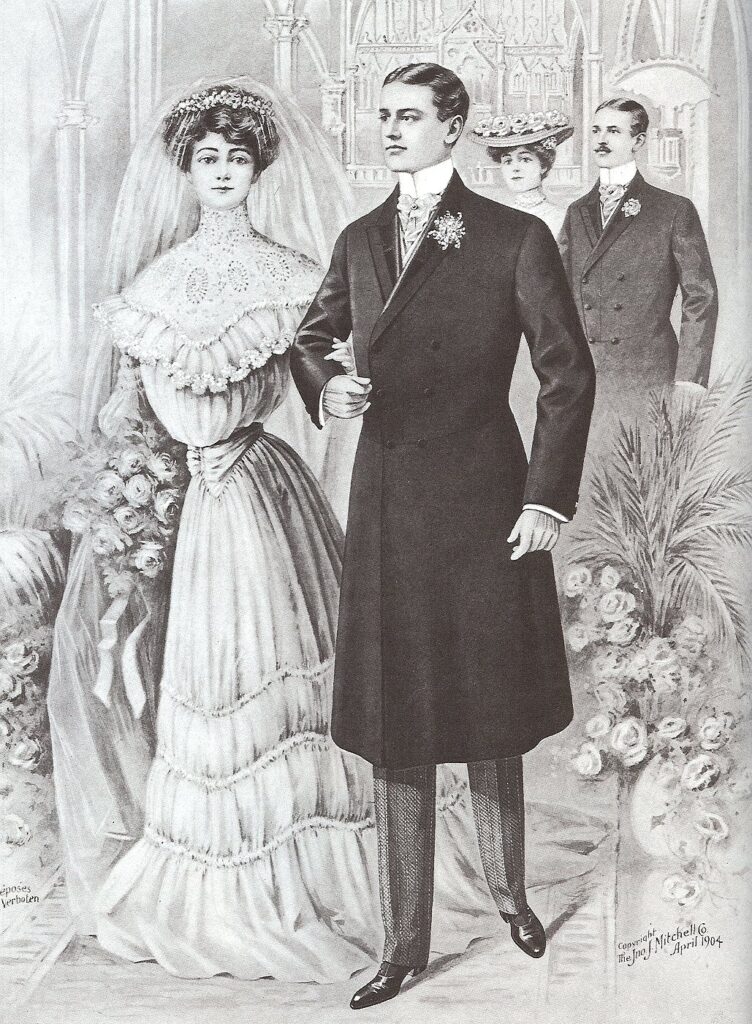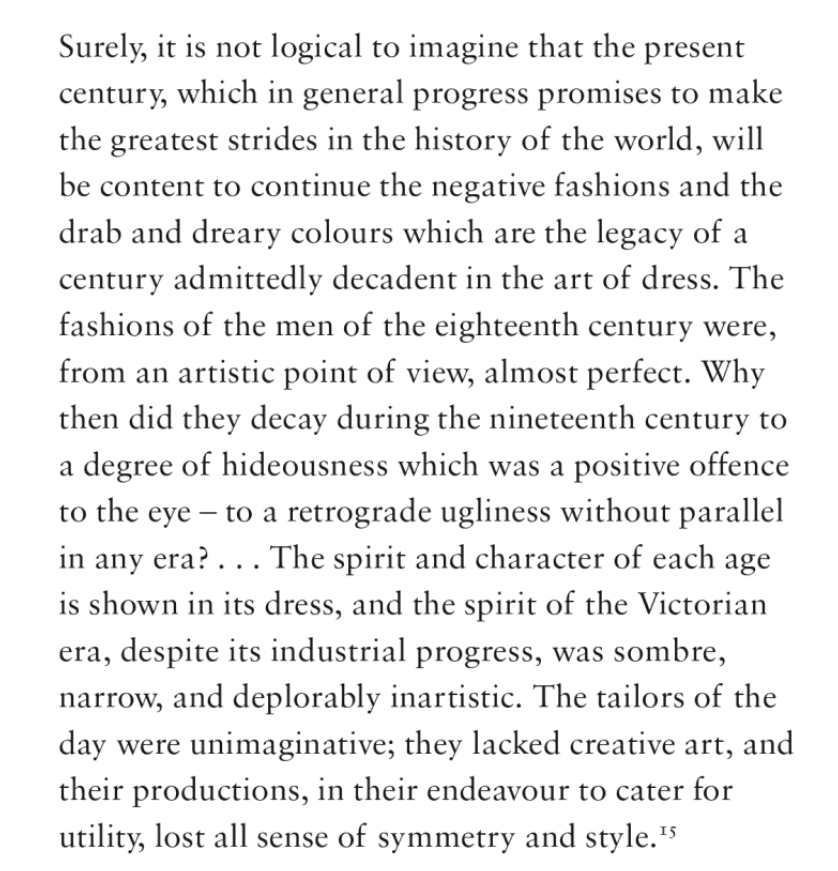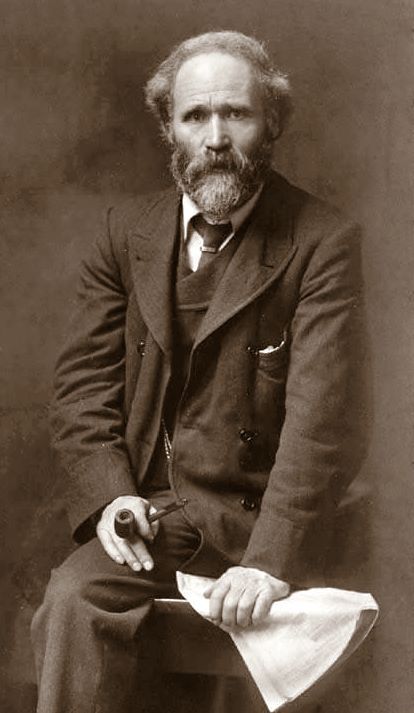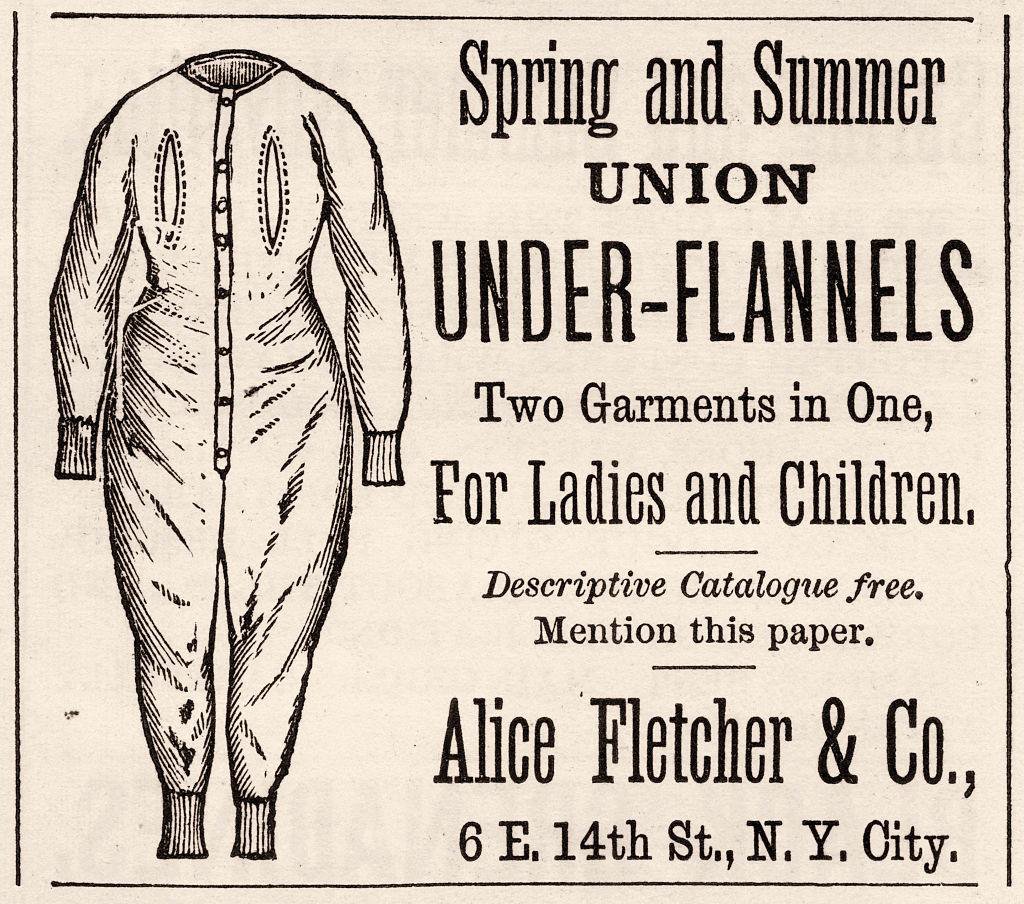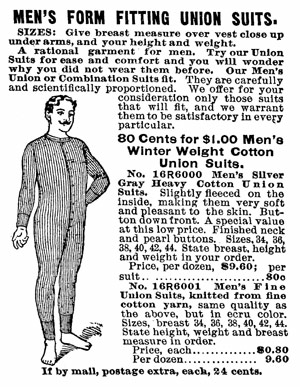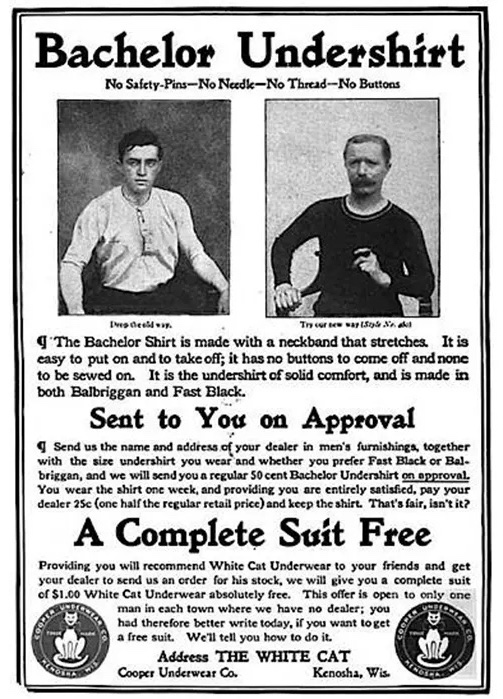
I love a long-held, incorrect, now broken assumption, and I found a doozy on Twitter. As happens on social media, someone was ranting. This time about how yoga pants have no business being worn outside of doing yoga. @dieworkwear replied with a lovely history lesson in fashion that not only refuted the rant, but which explained how the modern business suit was once considered low class and how the T-shirt came to being from women’s underwear.
At the turn of the 20th century, gentlemen, businessmen, and lawyers were expected to wear a frock coat.
Clerks and other middle class and lower class workers wore the style of suit that we’d today call a business suit.
And a “sports coat” (a.k.a. blazer), that was solely for sports. Equivalent today of what we call athleisure, which for women today is yoga pants and sneakers.
If perchance you think this is just upper class nonsense, the thread continues with Kier Hardie, founder of Britain’s Labor Party.
Hardie dared to wear a tweed suit when he joined the House of Commons. He chose a tweed suit not because it was a well-respected style of academia, as it is today, but specifically because it was the style of the common worker.
In 1892 the tweed suit was the uniform of the working class, and no self-respecting businessman or lawyer would dare wear such a lower class outfit.
That was all fascinating, but it fits the pattern I’ve seen over and over. Anything that has been commonplace since your grandparents time is assumed to have been happening forever. Somehow by the 1930s the business suit moved from working class to business class, my grandfather made his living selling those suits, my father still to this day thinks one can’t do business without wearing that uniform, and even here in 2023, when I go to a business conference in the East Coast or Europe, most every man in the room is wearing a business suit, with matching fabric of jacket and pants, along with a silk tie nearly identical in style to that picture above from 1892.
Me, I’m the guy in the blazer with my corporate logo on a T-shirt underneath and jeans on my legs. That is the professional uniform of the tech founder, which I was for the first twenty years of my career. At work it’s just the T-shirt and jeans. Which opens the question, where did the T-shirt come from? 19th Century women’s underwear.
According to @dieworkwear, the origins of the T-shirt were a 19th Century undergarment for “ladies and children”. What today we’d call a onesie.
He wries “women considered it freeing”.
This then led to the onesie for men, which was a common piece of clothing depicted in Looney Tune cartoons from the 1930s and 1940s.
But in those cartoons the characters wearing such clothing were far more often the antagonist rather than the hero, so by the 1930s these onesies were probably already considered old fashion. Old. Fashion.
In 1904 this piece of clothing was simplified into the “Bachelor Undershirt”, perfect for bachelors as there were no buttons to fall off and nothing to be sewn back on.
Not mentioned is that by 1904 there was a lot more knit fabric vs. woven fabric as by 1904 the industrial revolution of textiles was nearly a century old. Knit fabric stretches, and T-shirts need to stretch to be put on and taken off.
By the 1950s the T-shirt as we know it was not only ubiquitous, it was considered a sexy masculine style, as seen in movies featuring Marlon Brando and James Dean. No doubt the parents and grandparents of the 1950s were scandalized by underwear being worn as outerwear outside the house, but back to the original rant, this progression from frock coat to T-shirt for men is the same as the progression from petticoats to yoga pants for women.

If you enjoyed breaking those assumptions, see my others, and read about how high heel shoes were originally a fashion for men, not women.

